When we think of ancient creatures that have witnessed Earth’s dramatic changes, dinosaurs often come to mind first. However, hiding in their prehistoric shadows are even more remarkable survivors – turtles. These armored reptiles first appeared on our planet approximately 230 million years ago during the Late Triassic period, predating many dinosaur species that would later dominate the landscape. Their evolutionary journey spans millions of years of climate shifts, continental drifts, and mass extinctions, yet their fundamental body plan has remained remarkably consistent. Today, we explore these living fossils whose ancestry stretches back to a time when the continents were still joined as Pangaea and whose resilience has allowed them to outlast countless other species that have come and gone.
The Turtle’s Ancient Origins
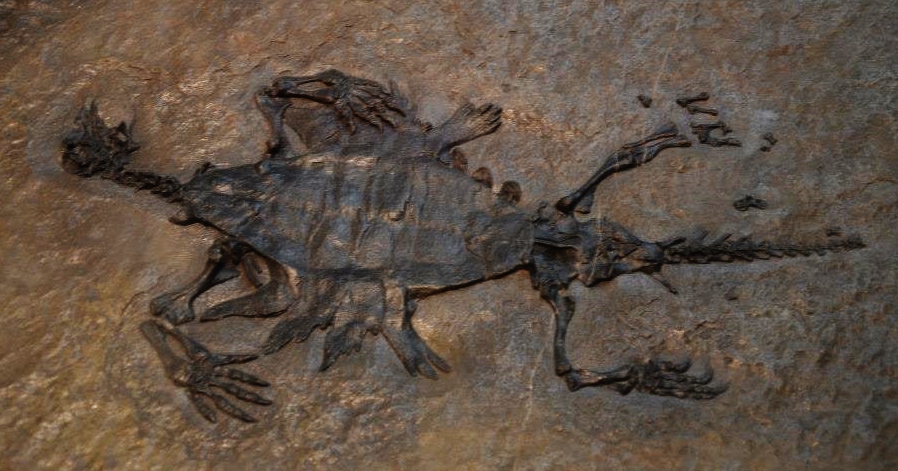
Turtles belong to the order Testudines, which evolved approximately 230-220 million years ago during the Late Triassic period. This makes them older than many dinosaur groups, including the famous Tyrannosaurus rex, which appeared much later during the Late Cretaceous period (about 68 million years ago). The earliest known turtle ancestor is Odontochelys semitestacea, discovered in China in deposits dating back 220 million years. This proto-turtle had a plastron (lower shell) but lacked a complete carapace (upper shell), giving scientists valuable insights into how the turtle’s unique body structure evolved. Perhaps most remarkably, while dinosaurs (except birds) and numerous other reptile groups vanished during the Cretaceous-Paleogene extinction event 66 million years ago, turtles persisted, demonstrating their extraordinary evolutionary resilience in the face of global catastrophe.
Evolutionary Success Through Armor
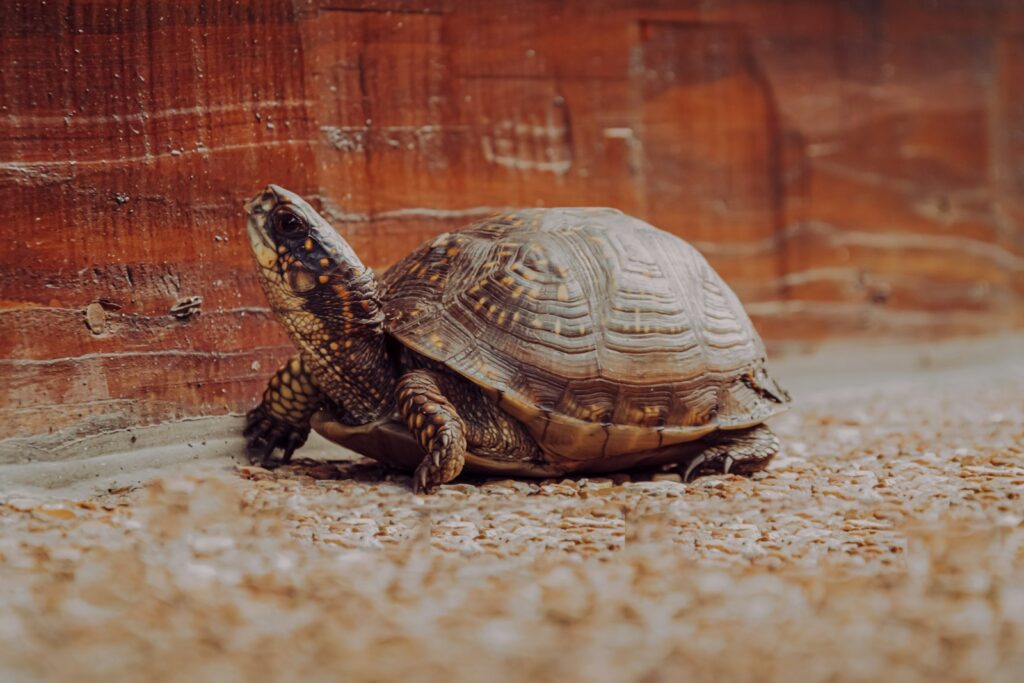
The turtle’s most distinctive feature – its shell – represents one of evolution’s most successful protective adaptations. Unlike any other vertebrate, a turtle’s shell is formed from modified ribs and vertebrae that have expanded and fused to create a solid protective housing. This remarkable anatomical transformation required significant changes to the turtle’s skeletal structure, with shoulder blades positioned inside the ribcage rather than outside as in other vertebrates. Early fossil records show the gradual development of this shell over millions of years, from partial protection to the complete armor we recognize today. The shell has proven so evolutionarily advantageous that its basic design has remained largely unchanged for over 200 million years, even as turtles diversified into hundreds of species across vastly different habitats. This architectural marvel provides protection from predators while still allowing for mobility and adaptation to diverse environmental niches.
Survivors of Multiple Mass Extinctions
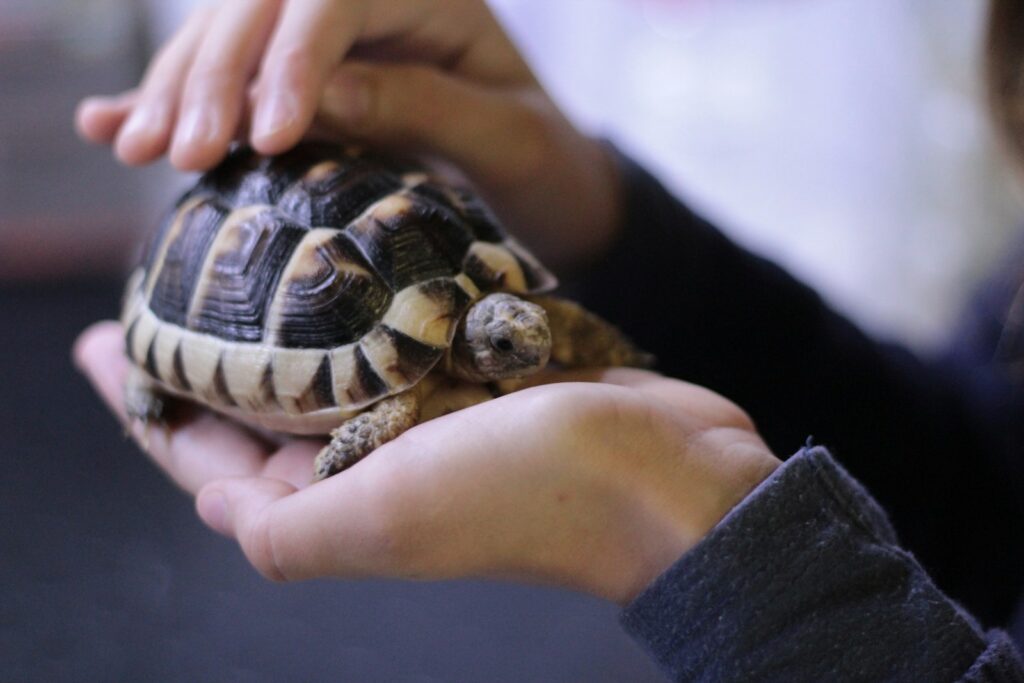
Throughout Earth’s tumultuous history, turtles have demonstrated remarkable survival abilities by weathering multiple mass extinction events. They endured the end-Triassic extinction (approximately 201 million years ago) that wiped out many terrestrial and marine species. Later, they survived the Cretaceous-Paleogene extinction event that eliminated non-avian dinosaurs and approximately 75% of all species on Earth. Their survival through these catastrophic periods might be attributed to several factors, including their slow metabolism, which allows them to go extended periods without food, and their ability to breathe anaerobically under extreme conditions. Many turtle species can hibernate for months, burying themselves in mud or sediment, potentially shielding them from short-term environmental catastrophes. Some species can even absorb oxygen through specialized epithelial cells in their cloaca, allowing them to remain underwater for extraordinary periods during environmental stress – an adaptation that may have helped their ancestors survive when other reptiles perished.
Diversity Across Land and Sea
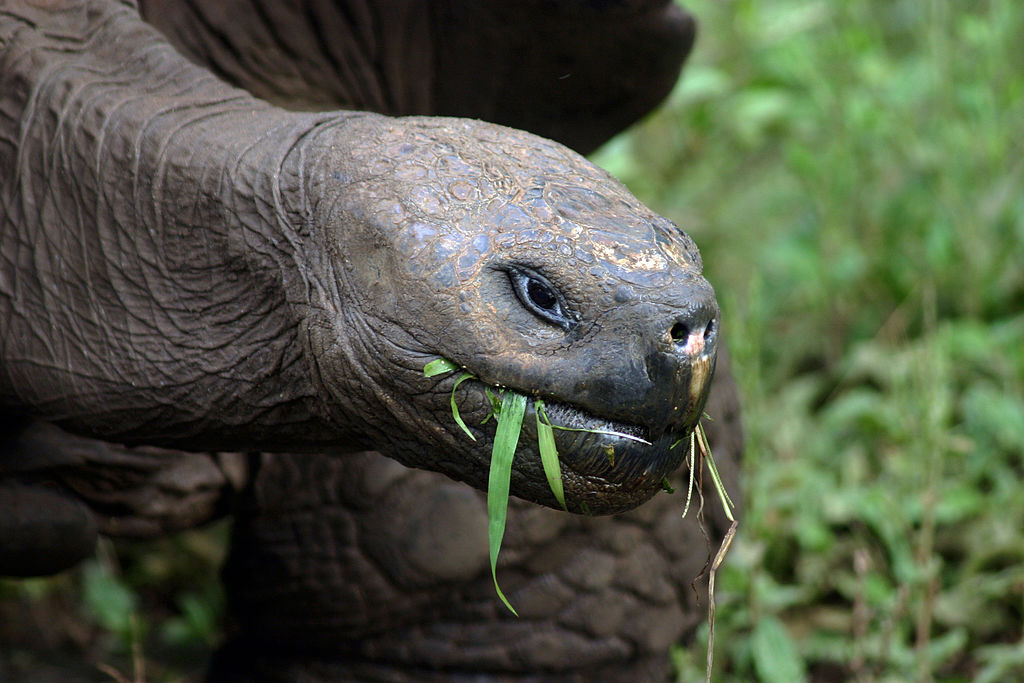
From the towering Galápagos tortoises to the diminutive bog turtles, and from marine-adapted sea turtles to freshwater softshells, today’s turtles exhibit remarkable diversity across approximately 356 recognized species. This diversity represents successful adaptations to nearly every aquatic and terrestrial habitat on Earth except the polar regions. Marine turtles evolved specialized flippers from limbs, developing hydrodynamic shells and salt glands to excrete excess salt, allowing them to conquer the open oceans. Meanwhile, terrestrial tortoises developed dome-shaped shells and elephant-like legs to support their weight on land, with some species adapting to harsh desert environments. Freshwater species evolved streamlined shells, webbed feet, and in some cases, specialized snorkeling adaptations. This diversification across radically different environments demonstrates the remarkable plasticity of the basic turtle body plan, which has proven adaptable enough to succeed in rainforests, deserts, rivers, lakes, and open oceans while retaining its fundamental characteristics.
Evolutionary Stasis: Living Fossils
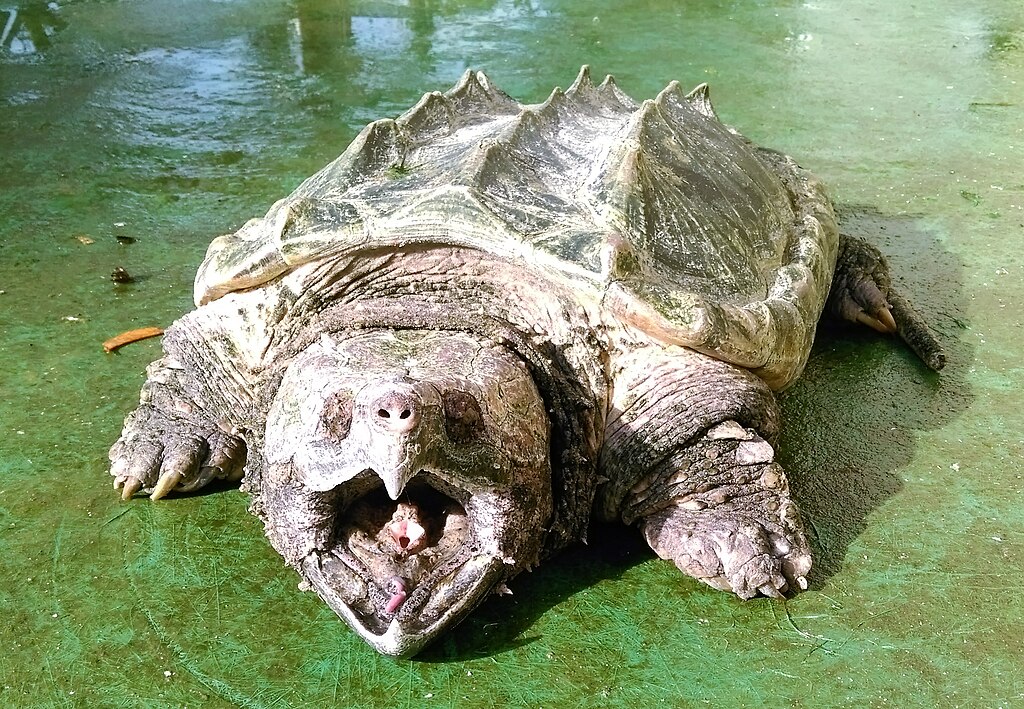
One of the most fascinating aspects of turtle evolution is what scientists call “evolutionary stasis” – the remarkable consistency in their basic body plan over hundreds of millions of years. While turtles have adapted to different environments, their fundamental anatomy with a bony shell fused to the skeleton remains essentially unchanged from their ancient ancestors. This phenomenon has earned turtles the designation of “living fossils,” alongside horseshoe crabs and coelacanths. Modern turtle species like the alligator snapping turtle (Macrochelys temminckii) bear striking resemblances to their prehistoric relatives from millions of years ago. Fossil turtles dating back to the Jurassic period would be instantly recognizable to modern observers as turtles, unlike many other animal lineages that have undergone more dramatic transformations. This evolutionary conservation suggests that the turtle’s body plan represents a highly optimized solution to survival challenges, requiring little modification despite dramatic changes in Earth’s environments, climates, and ecological communities throughout the ages.
Ancient Adaptations for Longevity

Turtles are renowned for their exceptional longevity, with many species regularly living over 50 years and some documented to reach well over 100 years in the wild. The Aldabra giant tortoise named Jonathan is believed to be approximately 191 years old (as of 2023), making him potentially the oldest living land animal on Earth. This extreme longevity reflects ancient adaptations at the cellular and metabolic levels that have evolved over millions of years. Research indicates that turtles possess enhanced DNA repair mechanisms and resistance to cellular damage that reduces the effects of aging. Their slow metabolic rates mean their cells accumulate damage more slowly than faster-living animals, while their shells protect them from most predators, reducing mortality from external causes. Some species demonstrate negligible senescence – showing little to no physiological deterioration with age – continuing to grow and reproduce well into advanced years. These longevity adaptations may have contributed significantly to the evolutionary success of turtles, allowing individual animals to reproduce over many decades and populations to persist through challenging environmental periods.
Prehistoric Turtle Giants

While today’s largest turtles are impressive – with leatherback sea turtles reaching over 900 pounds and Galápagos tortoises growing to over 500 pounds – they pale in comparison to some prehistoric turtle species. The most massive known turtle was Archelon ischyros, which lived approximately 75-65 million years ago during the Late Cretaceous period. This marine giant reached lengths of up to 15 feet from head to tail and may have weighed over 4,900 pounds. Another prehistoric giant, Stupendemys geographicus from South America’s Miocene epoch (approximately 8 million years ago), had a shell measuring nearly 11 feet long and likely weighed over 2,500 pounds. These enormous prehistoric turtles evolved in response to specific ecological conditions, including abundant food resources and predatory pressures. Their gigantism represents one evolutionary pathway explored by turtles, demonstrating the remarkable adaptability of the turtle body plan across different scales. While these giants eventually became extinct due to changing environmental conditions, their smaller relatives persisted, highlighting how different turtle adaptations proved successful across Earth’s changing landscapes.
Ancient Turtle Migration Patterns
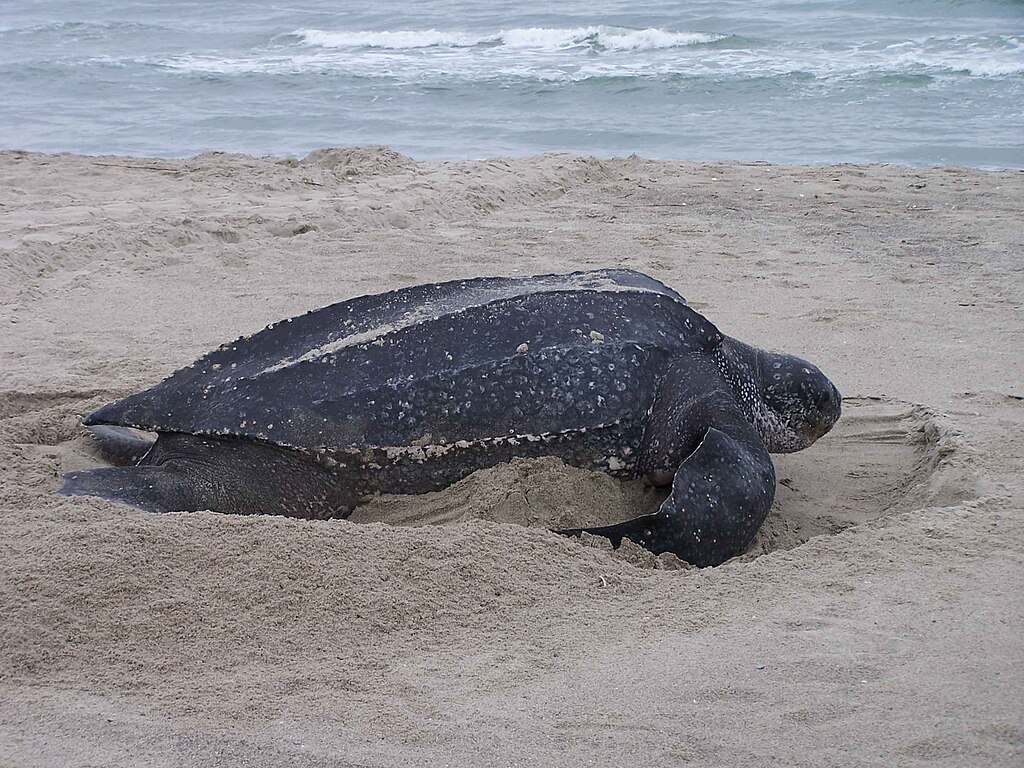
The migratory behaviors observed in modern sea turtles represent ancient adaptations that evolved millions of years ago. These impressive journeys, some spanning thousands of miles across open ocean, are guided by the Earth’s magnetic field – an adaptation that has remained consistent as continents shifted position. Fossil evidence suggests that ancient sea turtles followed similar migratory patterns to their modern descendants, moving between feeding and nesting grounds across prehistoric oceans. These migrations have continued despite dramatic changes in ocean currents, shorelines, and global temperatures throughout geological time. The leatherback sea turtle, which diverged from other sea turtles approximately 100-150 million years ago, maintains migration routes that may reflect ancient oceanic corridors. Female sea turtles returning to their natal beaches to nest demonstrate remarkable natal homing abilities – a behavior that has remained consistent for millions of years even as coastlines have transformed. This navigation system, refined over eons, allows modern sea turtles to follow paths similar to those their ancestors traversed when dinosaurs still roamed the Earth, representing one of the oldest continuous animal behaviors known to science.
Turtle Ancestry and Dinosaur Contemporaries

During the Mesozoic Era (252-66 million years ago), turtles shared the planet with dinosaurs, evolving alongside these iconic reptiles for over 150 million years. Early turtles like Proganochelys quenstedti from the Late Triassic (approximately 210 million years ago) coexisted with early dinosaurs such as Coelophysis and Plateosaurus. As dinosaurs diversified during the Jurassic period, turtles were already establishing their major evolutionary lineages, with the split between hidden-necked (Cryptodira) and side-necked (Pleurodira) turtles occurring approximately 175 million years ago. By the Cretaceous period, when tyrannosaurs and triceratops roamed North America, modern turtle families were already well-established. While dinosaurs competed in an evolutionary arms race of offensive and defensive adaptations, turtles maintained their conservative body plan, relying on their shells for protection. The end-Cretaceous asteroid impact that eliminated non-avian dinosaurs 66 million years ago had significantly less impact on turtle diversity, with many lineages passing through this extinction filter relatively unscathed, demonstrating the effectiveness of their ancient survival adaptations compared to their more famous reptilian contemporaries.
Ancient Turtle Reproduction Strategies

The reproductive strategies of modern turtles offer a window into behaviors that have remained largely unchanged for millions of years. Fossil nests of prehistoric turtles closely resemble those of contemporary species, suggesting that egg-laying behaviors have remained remarkably consistent throughout turtle evolution. Like their ancient ancestors, modern female turtles dig nest chambers using their hind limbs, deposit their eggs, and cover them before returning to their habitats without providing parental care. This reproductive strategy predates the dinosaurs and has persisted through multiple extinction events and dramatic climate shifts. One of the most fascinating aspects of turtle reproduction is temperature-dependent sex determination, where the incubation temperature determines whether eggs develop as males or females. This characteristic, shared by many turtle species, likely evolved early in turtle evolution and has significant implications for how turtle populations have adapted to historical climate variations. Archaeological evidence from fossilized nests indicates that prehistoric turtles nested on many of the same beaches that their modern descendants use today, representing one of nature’s oldest continuously used reproductive habitats spanning tens of millions of years.
Turtle Adaptations Through Changing Climates

Throughout their 230-million-year history, turtles have witnessed and survived dramatic climate fluctuations that transformed Earth’s landscapes multiple times. They endured the hot, arid climate of the late Triassic, the warm, humid Jurassic period, and the generally warmer Cretaceous. After the dinosaurs’ extinction, they adapted to the cooling trends of the Paleogene and the dramatic ice ages of the Pleistocene. Turtles developed remarkable physiological adaptations to handle these climate extremes, including the ability to brumate (hibernate) during cold periods or aestivate during drought conditions. Their ectothermic (cold-blooded) physiology allows them to function across a wide temperature range, while specialized respiratory adaptations enable some species to remain underwater for months during winter. The painted turtle (Chrysemys picta) exemplifies these cold-weather adaptations, producing natural antifreeze compounds that allow them to survive being partially frozen. These climate adaptation strategies, refined over millions of years, explain how turtles have persisted through climate shifts that drove countless other species to extinction. However, the current pace of human-caused climate change presents unprecedented challenges, as these adaptations evolved to handle slower environmental shifts occurring over thousands or millions of years.
Cultural Significance of Ancient Turtles
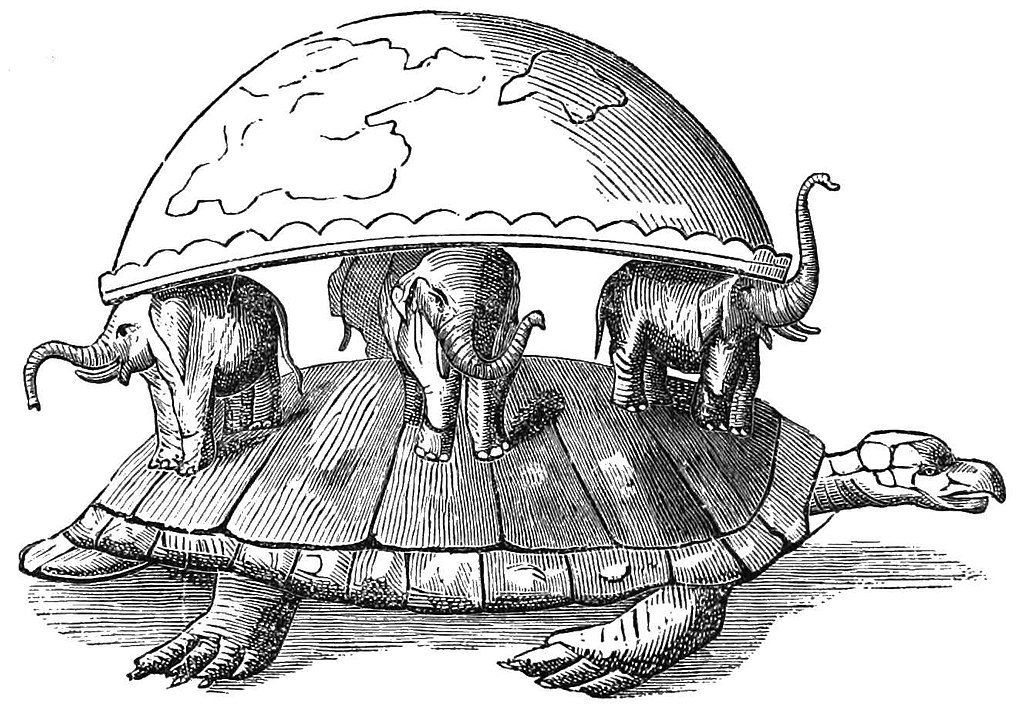
Turtles’ ancient lineage and distinctive characteristics have earned them significant places in numerous human cultures throughout history. In many Native American traditions, the Earth itself is carried on the back of a giant turtle, known as “Turtle Island” – a creation myth that resonates with the creature’s prehistoric origins. Ancient Chinese cosmology associated turtles with longevity, wisdom, and stability, while using turtle shells for divination in practices dating back over 3,000 years. These oracle bones represent some of the earliest Chinese writing systems. Hindu mythology features the world turtle Akupara, who supports the elephant that holds up the Earth, again connecting turtles to primordial creation. The Maya civilization incorporated turtle imagery into their astronomy and creation stories, associating the turtle’s shell with the dome of the sky. These cultural associations across diverse societies reflect humanity’s recognition of turtles as ancient beings connected to the foundations of the world. Many of these cultural perspectives intuitively captured the turtle’s true evolutionary significance as creatures whose lineage stretches back to Earth’s distant past, preceding many better-known prehistoric animals including most dinosaurs.
Conservation: Preserving Living Dinosaur Contemporaries
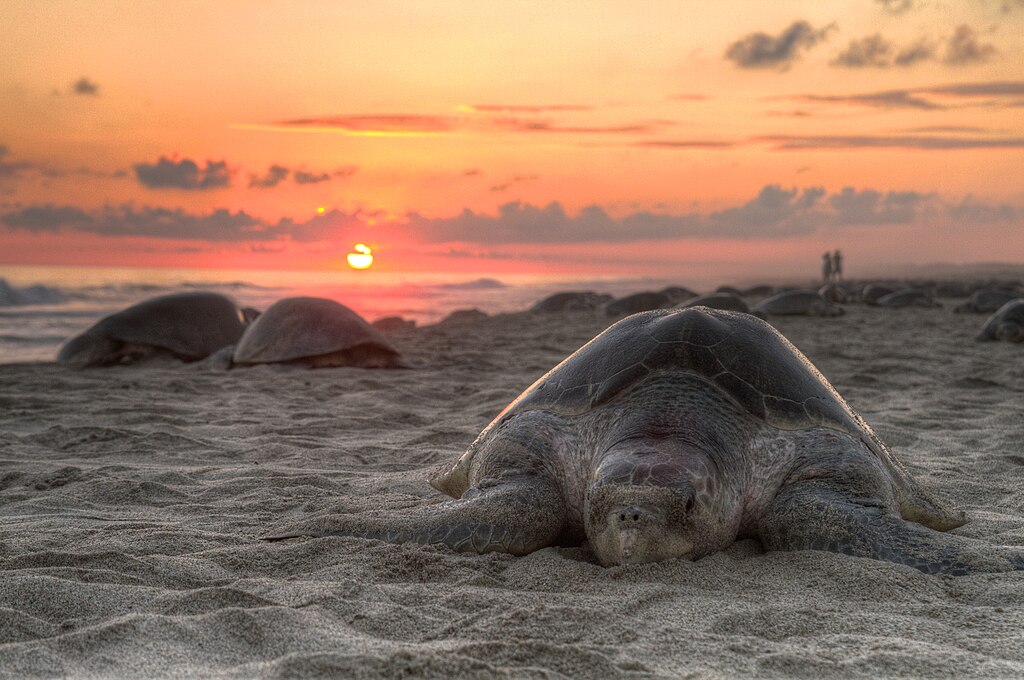
Despite surviving for hundreds of millions of years through natural catastrophes that eliminated countless other species, many turtle species now face extinction due to human activities. Of the approximately 356 turtle species alive today, over 60% are threatened or already extinct, making turtles among the most endangered vertebrate groups on Earth. Habitat destruction, pollution, climate change, poaching for the pet trade, and harvesting for food and traditional medicine all threaten these ancient survivors. The irony is profound – creatures that outlived the dinosaurs and persisted through asteroid impacts and massive volcanic eruptions now face extinction due to human activities occurring over mere decades. Conservation efforts focus on protecting critical nesting beaches, reducing bycatch in fishing operations, establishing protected areas, and developing captive breeding programs for critically endangered species. By preserving turtles, we protect not just another animal group but living representatives of an ancient evolutionary lineage that predates most dinosaurs. Their genetic makeup and physiological adaptations represent irreplaceable biological information refined over 230 million years of evolution – a living connection to Earth’s distant prehistoric past that, once lost, can never be recovered.
Turtles stand as remarkable testimonies to evolutionary success, having maintained their distinctive body plan for over 230 million years while adapting to Earth’s constantly changing environments. From their origins in the Triassic period through their coexistence with dinosaurs and survival through multiple mass extinctions, these armored reptiles represent one of nature’s most enduring success stories. Their shells – an anatomical innovation unlike anything else in the vertebrate world – proved so effective that their basic design has remained largely unchanged even as turtles diversified across land and sea. As we face a biodiversity crisis largely of our own making, the potential loss of these ancient survivors represents not just the disappearance of individual species but the severing of an evolutionary lineage that connects our modern world directly to the age of dinosaurs. By understanding and protecting turtles, we preserve living windows into Earth’s prehistoric past and honor creatures whose remarkable journey through time far exceeds our own brief presence on this planet.



